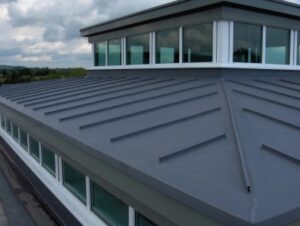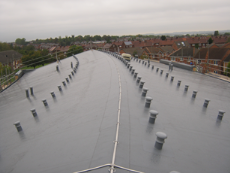
IKO Spectraplan TPE versus TPO single ply membranes
TPO’s (Thermoplastic Polyolefin) have been extensively used within the single ply roofing industry since the early 90’s and had been developed from Polyethylene membranes which were being installed in ground
